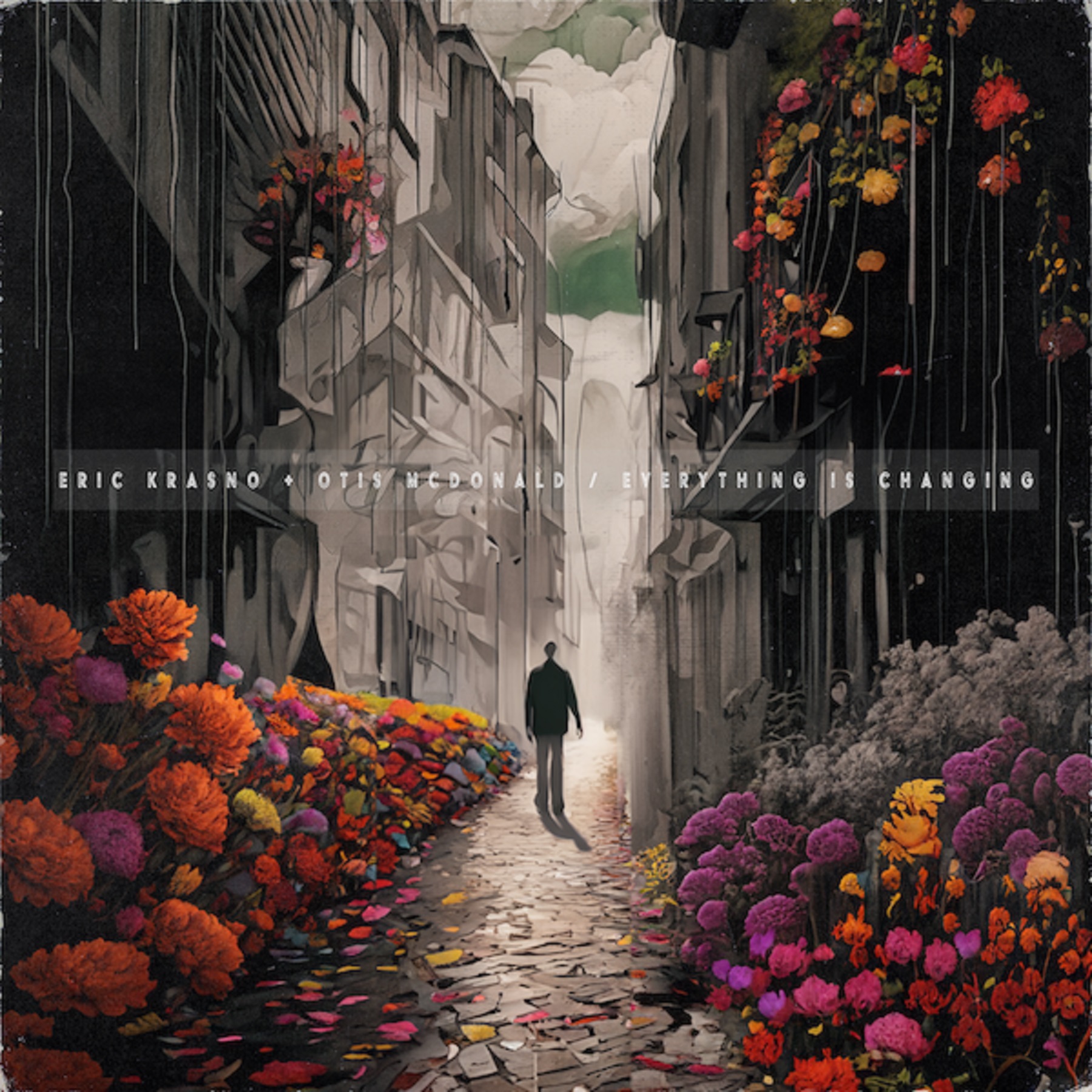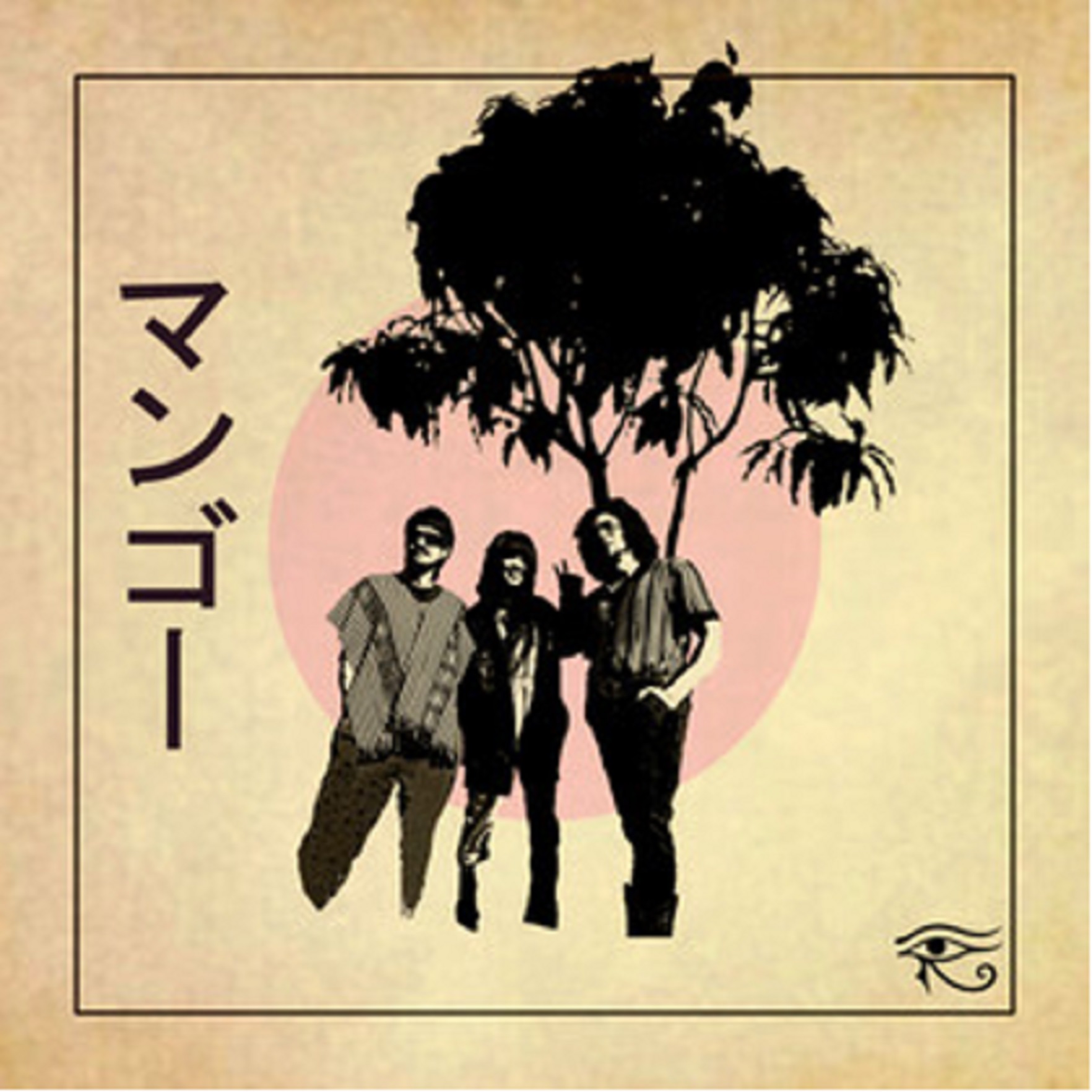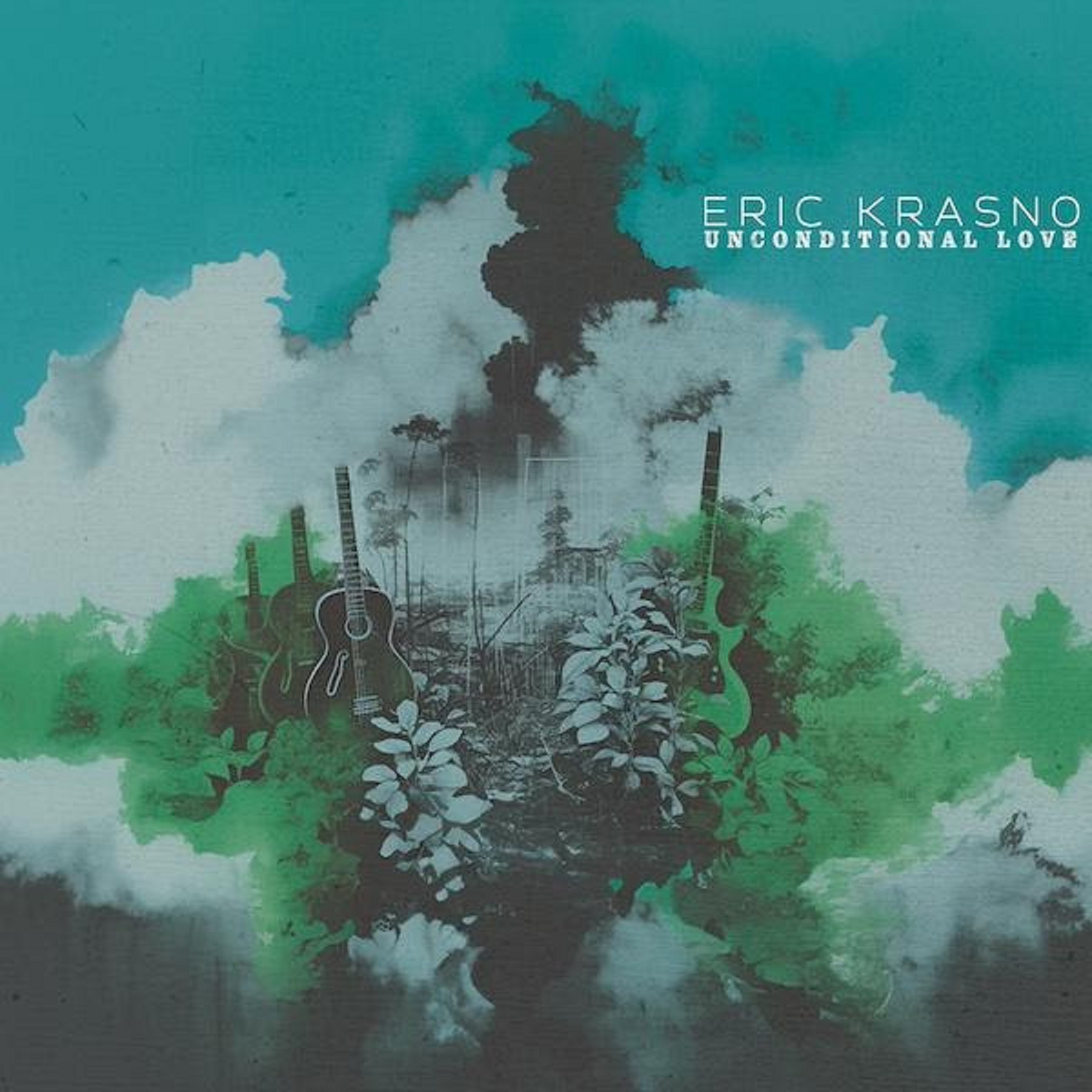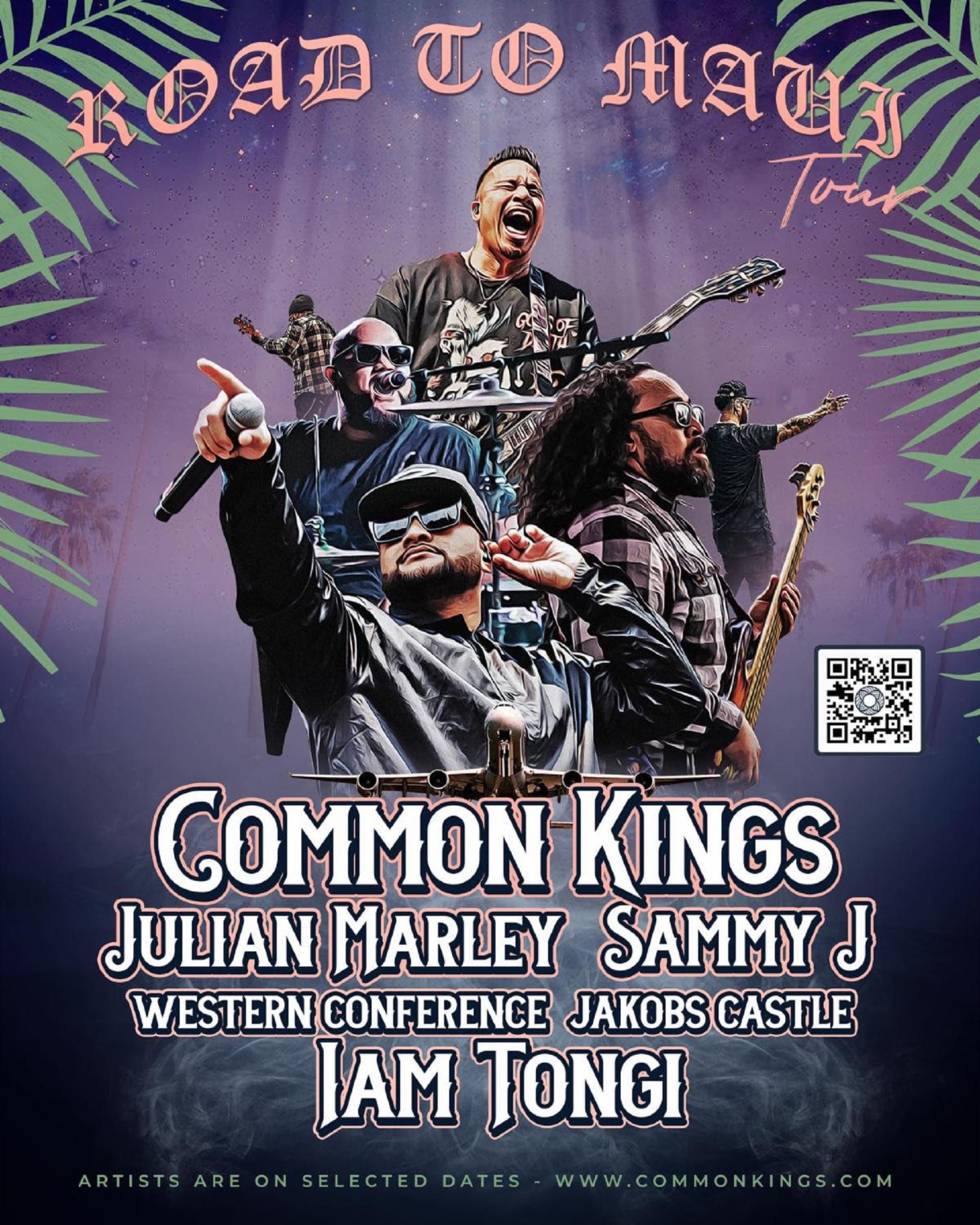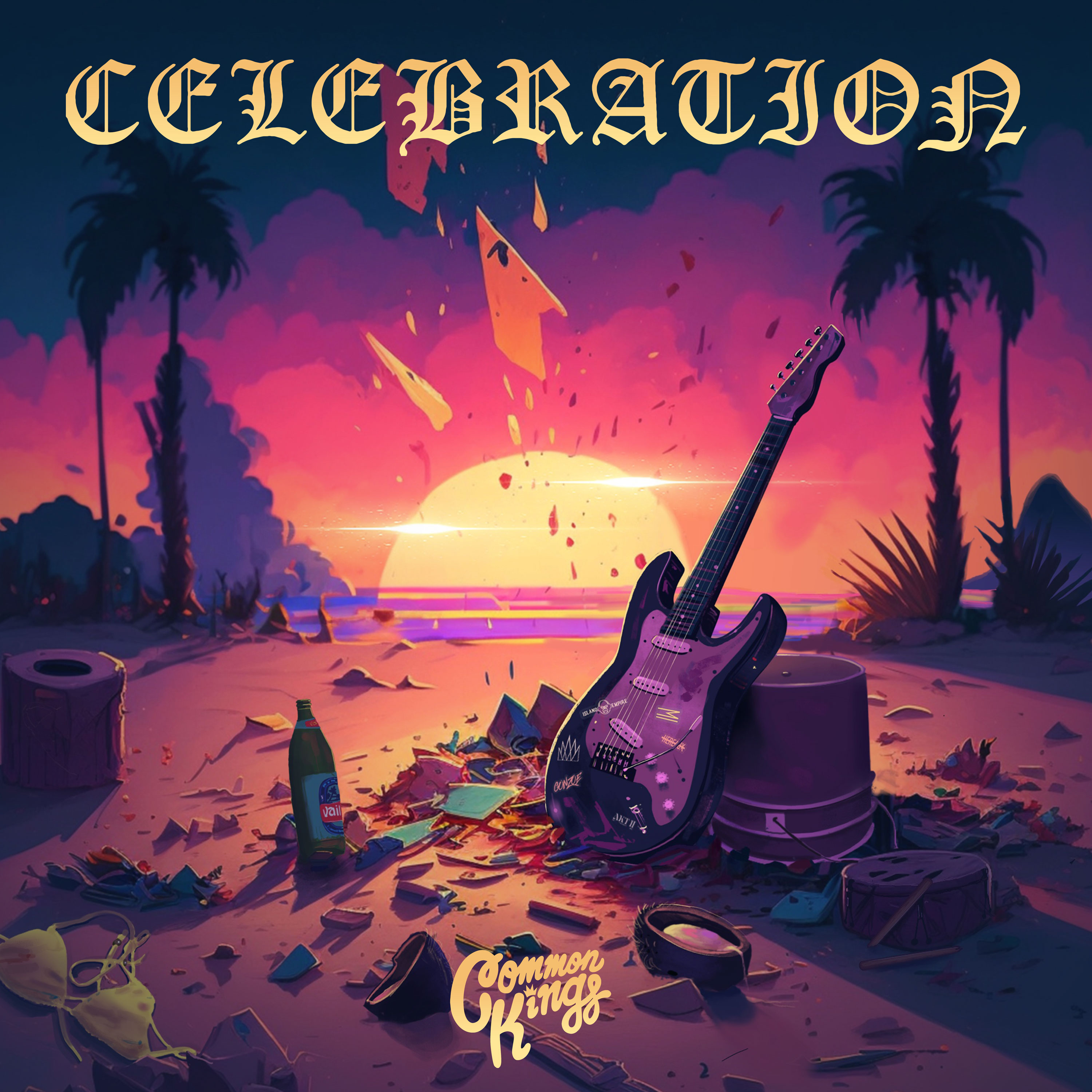Ethnomusicologist Amanda Villepastour and Cuban producer (Sendero Music) Luis Bran have teamed up to tell the unlikely story of the spirit of music in a small Cuban town through the heartbeat of a set of multi-generational religious drums named Ilú Keké. The 21-track album, titled Transmisión en la Eritá Meta, is available now digitally worldwide under exclusive license to Music Works NYC.
When the late Justiliano Pelladito visited the small Cuban town of Cidra in the 1950s as a teenage drumming apprentice, he was awestruck by three sacred batá drums hanging on a wall. In this tradition, batá drums are not merely musical instruments but are sacred vessels that host the deity of drumming called Añá within Santería,
The surviving Matanzas drummers who played Ilú Keké in the 1950s insist that the drums were carved and consecrated during slavery times in one of the sugar mills on the outskirts of Cidra, yet following two generations of neglect these batá had virtually disappeared into obscurity. The three elderly brothers in Cidra, who had inherited Ilú Keké from their father, were neither drummers nor Santería devotees and in the early 2000s were on the verge of removing the drums from the wall and souveniring one each. For believers batá drums are ritually birthed and humanized, and this brutal separation would signal death. As the uncles discussed tearing apart the family of drums, one of their nephews was troubled by dreams about his grandfather’s drums and would be woken in the small hours by their thunderous sound. After seeking divination, several nephews rescued the decaying relics and sought help from some drummer-priests who knew how to restore them. Ilú Keké was reborn in the hands of Puchito and some of the fiercest young drummers in Matanzas, yet the musicians were unaware of their profound history before the 2012 research.
Bran and Villepastour assembled three generations of musicians around Pelladito sixty years after his initial encounters with the Cidra drums. Drifting between gritty field recordings and pristine studio production, Ilú Keké’s deep-rooted spiritual meaning is captured through powerful drumming, heart-felt utterances, detailed liner notes, and evocative photographs. This transmission of sacred knowledge and beauty from the elders to following generations has ensured that Ilú Keké takes its rightful place in Cuba’s history of batá drumming.















